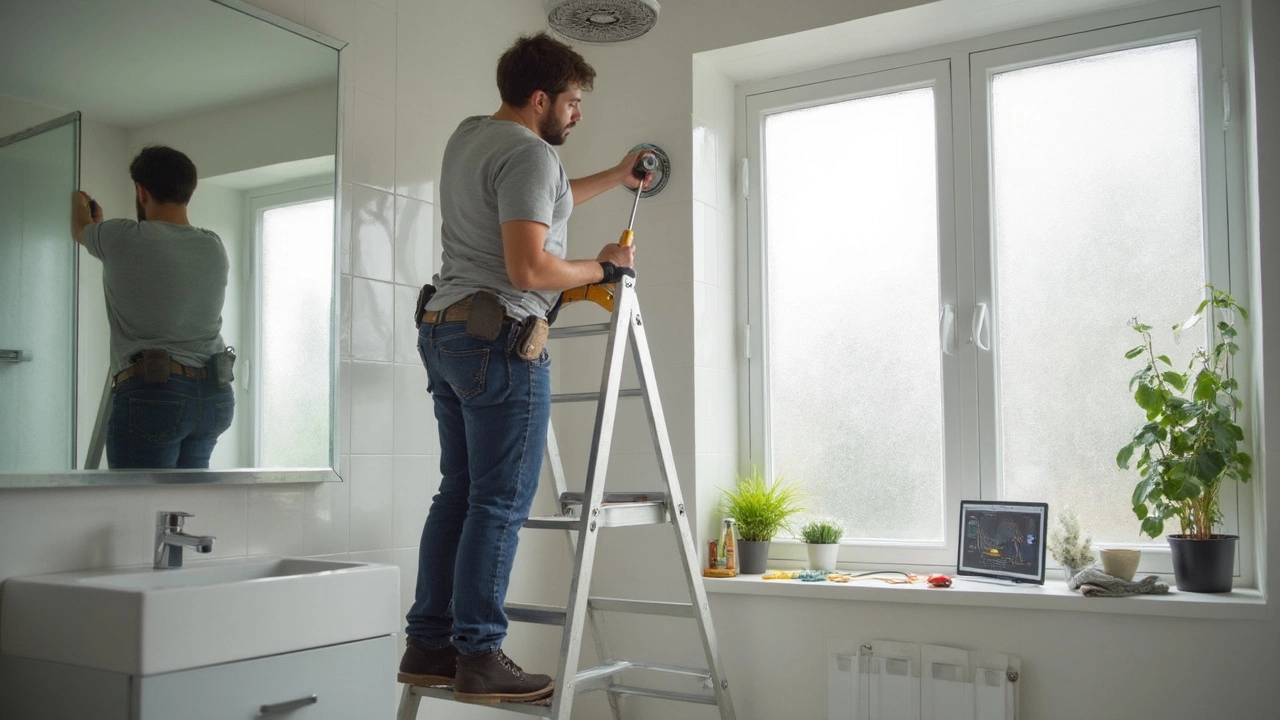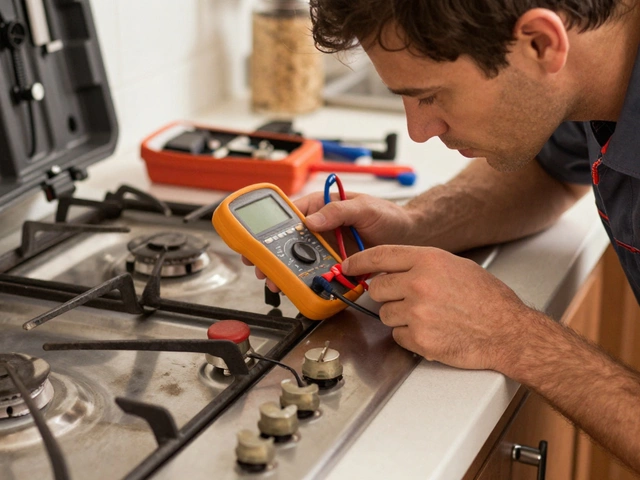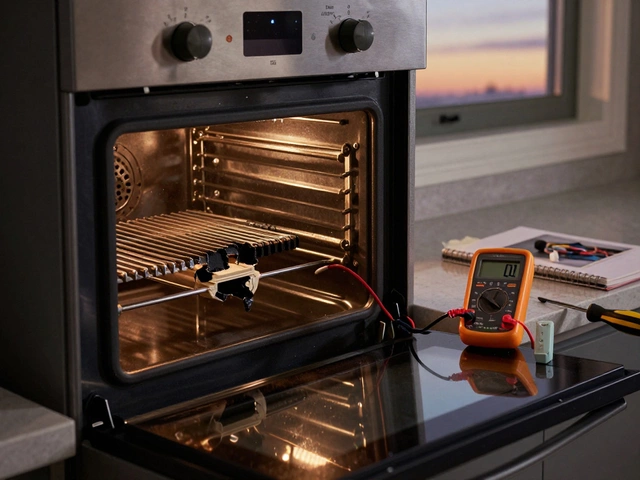Bathroom Ventilation: Keep Your Space Fresh and Safe
When you think about bathroom ventilation, the process of moving moist air out of a bathroom to avoid damp, mold and odors. Also known as venting, it’s essential for a healthy home.
Most modern systems rely on an extractor fan, a device that pulls humid air through a duct to the outside. The fan’s airflow rating, usually expressed in CFM (cubic feet per minute), determines how quickly moisture is expelled. Pair that with good moisture control, strategies that limit condensation on walls and ceilings—like keeping the shower door open after use or using a hygrometer—and you dramatically cut the chance of damp buildup. That’s why bathroom ventilation isn’t just a luxury; it’s a practical step to protect paint, plaster, and your health.
Regulations, Ductwork, and Mold Prevention
Local building regulations, rules that set minimum ventilation rates for safety and energy efficiency often require a minimum of 15 CFM for a standard bathroom. Ignoring those numbers can lead to mold prevention, measures to stop fungal growth that can damage structures and health headaches later. Proper duct sizing and routing are critical—an undersized or overly long duct reduces fan efficiency, leaving moisture to linger. The rule of thumb: keep duct length under 20 feet and use smooth‑walled metal, not flexible plastic, to maintain airflow.
Now that you know what makes a ventilation system tick, you can evaluate your own bathroom. Look for signs like peeling paint, a musty smell, or visible condensation on mirrors. Check that the fan runs quietly, has a clean grille, and actually pushes air outward—not just recirculating it. If anything feels off, the articles below dive deeper into extractor fan selection, installation tips, common faults, and how to stay compliant with UK building codes. With the right knowledge, you’ll be able to keep your bathroom dry, safe, and comfortable.
Swapping out a bathroom extractor fan sounds simple, but is it really a quick job? This guide looks at how tricky it is to replace one yourself and when it's better to call in the pros. You'll get practical pointers on safety, tools, and avoiding common mistakes. Expect step-by-step advice and real-world tips that make the process smoother, not scarier. If your bathroom has seen one too many fogged-up mirrors or funky smells, this is for you.


